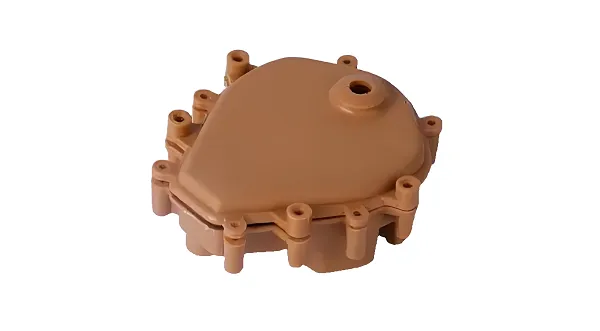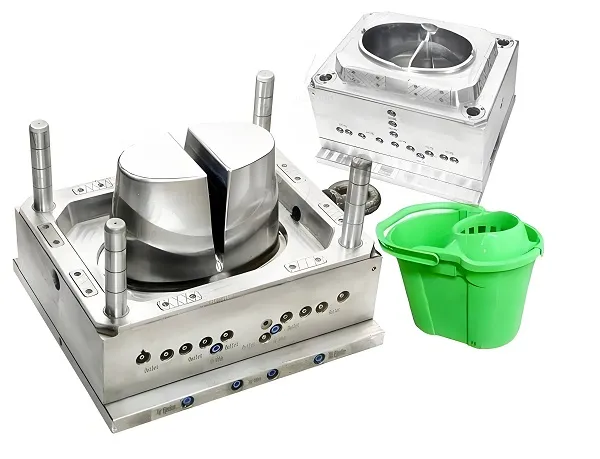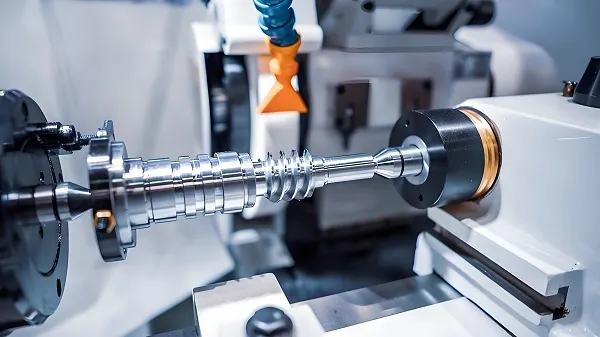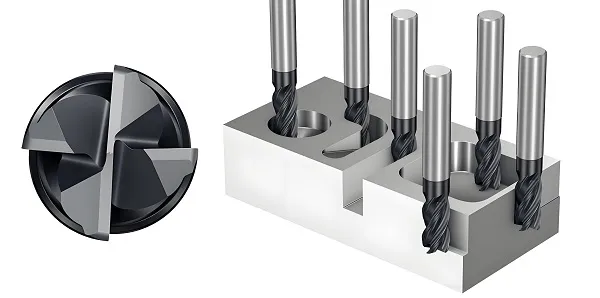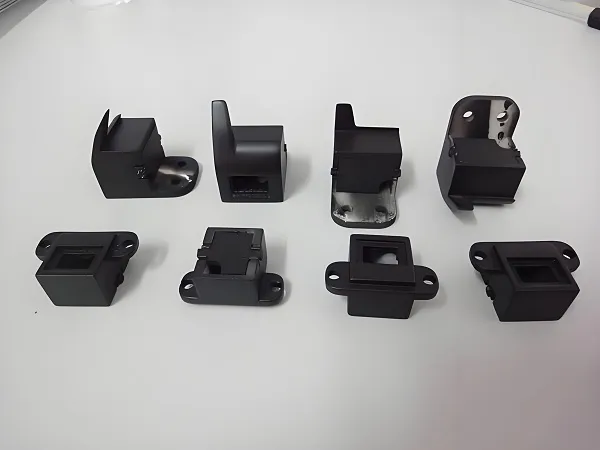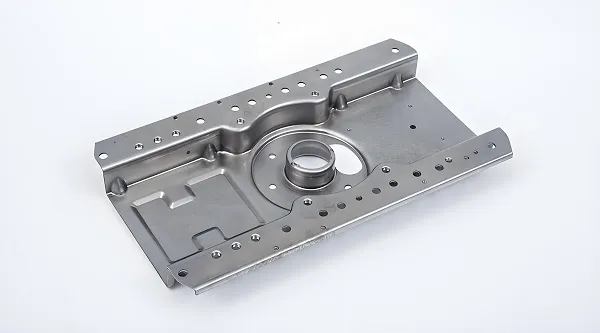Stamped plastic parts are made by applying external force to plastic sheets and strips through presses and molds to cause plastic deformation or separation, so as to obtain workpieces of the desired shapes and sizes. This processing method has the advantages of high efficiency, precision and cost-effectiveness, and is widely used in automotive, electronics, aviation and daily necessities.
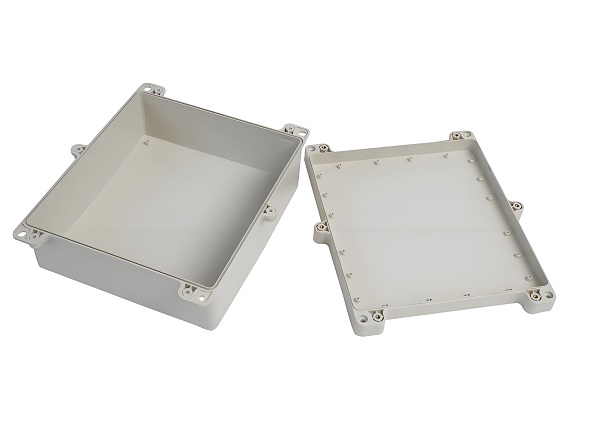
1.Stamping plastic parts production process
Design and planning: According to customer demand and product usage, determine the shape, size and material of the plastic parts, and design the corresponding molds.
Mold Manufacturing: According to the design drawings, manufacture the upper and lower molds required for stamping to ensure the precision and durability of the molds.
Material Preparation: Select the plastic sheet or strip that meets the requirements, such as ABS, PC, PE, etc., and carry out pre-treatment, such as cutting and cleaning.
Stamping and molding: Put the prepared material into the mold and stamping and molding through the pressure of the press to get the required plastic parts.
Subsequent treatment: The stamping molded plastic parts are subjected to subsequent treatment such as deburring, trimming, inspection, etc. to ensure product quality.
2.Customization of stamped plastic parts
Demand communication: Communicate with customers in detail to understand the use, shape, size, quantity and other requirements of the product.
Program development: according to customer demand, develop a detailed customized program, including mold design, material selection, production process.
Sample production: According to the customized plan, make samples for customer confirmation to ensure that the products meet the requirements.
Mass production: After the customer confirms the samples, mass production will be carried out to ensure product quality and delivery time.
After-sales service: Provide perfect after-sales service, including product consultation, technical support, maintenance and replacement.
3. Stamping plastic parts materials
ABS: Acrylonitrile Butadiene Styrene Copolymer
PC: Polycarbonate
PE: Polyethylene
AS: styrene-acrylonitrile copolymer
Characteristics:
High strength: the strength of stamped plastic parts is several times higher than that of ordinary plastics, and even comparable to metal.
High toughness: excellent toughness, not easy to break or deformation, can withstand greater impact.
Low density: low density, light weight, help reduce the weight of the product, improve fuel economy.
Easy processing: easy to process into various shapes to meet the design needs of different products.
4. Characteristics of stamped plastic parts made of different materials
ABS stamping parts:
Commonly used in electrical sockets, shells, automobile headlight boxes and so on.
Tensile strength ≥40MPa, bending strength ≥60MPa, impact strength ≥20kJ/m².
●PC stamping parts:
Applicable to cell phone shell, computer shell, monitor shell and other requirements of wear-resistant, impact-resistant parts.
Tensile strength ≥60MPa, bending strength ≥90MPa, impact strength ≥70kJ/m².
●PE stamping parts:
Commonly used in the production of film, shock absorption, wear-resistant and transmission parts.
Tensile strength ≥15MPa, bending strength ≥20MPa, impact strength ≥15kJ/m².
●AS stamping parts:
Suitable for daily commodities, kitchen appliances, refrigerator units, etc.
Tensile strength ≥35MPa, bending strength ≥50MPa, impact strength ≥18kJ/m².
Customized Stamped Plastic Parts FAQ
Q1: How long is the production cycle of stamping plastic parts?
A1: The production cycle depends on the complexity and quantity of the product and the manufacturing time of the mold, usually the sample is finished within 7-15 working days, and the mass production time depends on the order quantity.
Q2:What is the minimum wall thickness of stamped plastic parts?
A2: The minimum wall thickness depends on the type of material and the use of the product, generally between 0.5-2mm.
Q3: Can stamped plastic parts be surface treated?
A3: Yes, stamped plastic parts can be surface treated with spraying, plating, printing, etc. to improve the beauty and durability of the products.
Q4: What is the cost of mold for stamped plastic parts?
A4:The cost of the mold depends on the complexity of the mold, the material, and the manufacturing precision and other factors, usually ranging from a few thousand to tens of thousands.
Q5:How to guarantee the quality of stamped plastic parts?
A5:We adopt advanced production equipments and technologies, and strictly follow the ISO quality management system to ensure that the quality of products meets customers’ requirements. At the same time, we provide perfect after-sales service to ensure that customers get timely technical support and maintenance and replacement services in the process of use.

